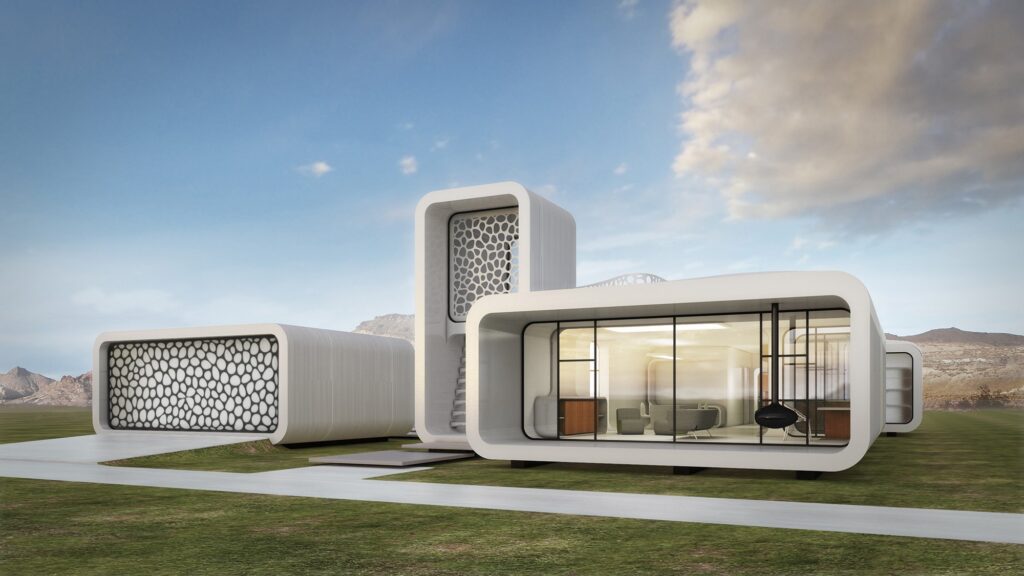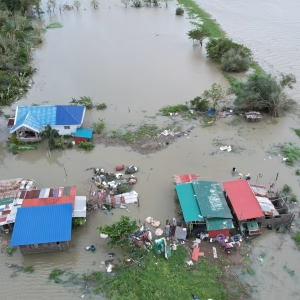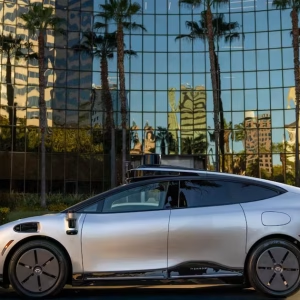Dubai 3D Printing Strategy is set to transform construction by combining speed, sustainability, and innovation into every project. Dubai has never shied away from bold ambitions. Known globally for its futuristic skyline, world-class infrastructure, and record-breaking projects, the emirate continues to push boundaries with this groundbreaking initiative. The strategy is not just about adopting new technology but about reshaping the future of urban living, reducing costs, minimizing waste, and creating smarter, greener cities for generations to come.
Understanding The Dubai 3D Printing Strategy
The strategy focuses on using 3D printing as a central tool in construction and development. Unlike traditional building methods, 3D printing allows structures to be created layer by layer using specialized materials, guided by digital designs. This reduces the need for manual labor, minimizes material waste, and speeds up project timelines. Dubai’s plan is ambitious: by the coming years, a significant percentage of new construction in the emirate will rely on 3D printing. The strategy covers residential buildings, commercial projects, infrastructure, and even public amenities. The ultimate goal is to create smarter, more efficient, and environmentally friendly cities.
How 3D Printing Changes Construction
3D printing introduces a host of advantages to the construction sector. One of the most remarkable benefits is speed. Structures that once took months to complete can now be built in a matter of weeks or even days. This acceleration not only reduces costs but also allows for more rapid urban development. Cost efficiency is another key factor. Traditional construction often involves significant material wastage. In contrast, 3D printing uses only the amount of material required, resulting in major savings. Sustainability lies at the heart of the strategy as well. By optimizing material use and reducing carbon emissions, 3D printing aligns with Dubai’s broader goals of environmental responsibility and green innovation.

Creating Jobs And Opportunities
While some may fear that automation reduces job opportunities, Dubai’s 3D Printing Strategy creates new fields of employment. It generates demand for specialists in design, engineering, digital modeling, and robotics. The construction workforce is evolving, with roles shifting toward technology and innovation. Training programs are being developed to equip workers with the skills needed for the future. Universities and research centers are also playing a role by collaborating with the government to develop new technologies, materials, and methods. This approach ensures that the workforce of tomorrow is prepared to thrive in a 3D-printed world.
Building Iconic Projects With 3D Printing
Dubai has already demonstrated the potential of 3D printing with several groundbreaking projects. One of the most famous is the Office of the Future, a fully 3D-printed building that stands as a global first. This project not only showcased the possibilities of 3D printing but also signaled Dubai’s determination to lead in this sector. More projects are underway, ranging from residential villas to large-scale infrastructure. The emirate plans to gradually expand the scope of 3D printing in construction until it becomes a mainstream practice. These iconic projects serve as powerful examples of how innovation can redefine the built environment.

Reducing Environmental Impact
Sustainability is central to Dubai’s future vision, and 3D printing plays a vital role in achieving it. By reducing material waste and improving efficiency, this method directly contributes to lowering carbon footprints. Additionally, 3D-printed buildings can incorporate eco-friendly materials, further enhancing their environmental performance. The reduced reliance on heavy machinery and transportation also cuts emissions during the construction process. This aligns perfectly with Dubai’s commitment to global climate goals and its drive to be one of the most sustainable cities in the world.
Enhancing Affordability And Housing Solutions
Another important aspect of the strategy is its potential to make housing more affordable. By reducing construction costs and shortening timelines, 3D printing allows for quicker delivery of homes at lower prices. This can help address housing demands while maintaining high standards of quality. For low-income communities, 3D printing provides an opportunity to deliver durable, cost-effective housing that can improve quality of life. In the long term, this technology may reshape housing markets worldwide, with Dubai acting as a pioneer in showing what is possible.
Smart Cities And Integration Of Technology
The 3D printing strategy does not exist in isolation but is part of Dubai’s broader vision of becoming a fully smart city. Smart sensors, artificial intelligence, and data analytics are being integrated into the construction process. Buildings can be designed with embedded technology, making them more efficient and responsive to the needs of residents. From energy management systems to smart security, the integration of technology ensures that 3D-printed structures are not only efficient to build but also intelligent to live and work in. This combination of 3D printing and smart technology positions Dubai as a global leader in future-ready cities.
Challenges And Overcoming Them
As with any major innovation, the path to adopting 3D printing is not without challenges. Technical limitations, regulatory frameworks, and public acceptance are areas that require careful attention. Developing standards for safety, durability, and building codes is essential to ensure that 3D-printed structures meet the highest quality benchmarks. Dubai has been proactive in addressing these issues, working closely with international experts and organizations to create guidelines. Investment in research and development also plays a key role in overcoming technological barriers. By taking a collaborative approach, Dubai is ensuring that challenges are transformed into opportunities for growth.
Collaboration With Global Partners
Dubai’s 3D Printing Strategy benefits from partnerships with global leaders in technology, construction, and research. These collaborations bring expertise, innovation, and new ideas to the table. Companies from around the world are eager to participate in Dubai’s ambitious projects, seeing the emirate as a testing ground for future technologies. International partnerships also allow Dubai to share its experiences, shaping global standards for 3D printing in construction. This exchange of knowledge enhances the city’s reputation as a hub for innovation and reinforces its role as a thought leader in the sector.
Inspiring The Next Generation
The 3D Printing Strategy is not only about buildings but also about inspiring future generations of innovators. Schools, universities, and innovation hubs in Dubai are integrating 3D printing into their programs. Young people are encouraged to explore how this technology can be applied not only in construction but also in healthcare, manufacturing, and other industries. By fostering curiosity and creativity, Dubai is ensuring that its next generation is ready to embrace the opportunities of tomorrow. This forward-thinking approach guarantees that innovation will remain at the heart of the city’s growth for decades to come.

Global Recognition And Influence
Dubai’s progress in 3D printing has captured the world’s attention. International media, technology leaders, and policymakers are closely observing the city’s developments. The success of the strategy is positioning Dubai as a role model for other cities aspiring to integrate 3D printing into their construction sectors. Global recognition brings new opportunities for investment, tourism, and collaboration, further boosting Dubai’s standing on the world stage. The emirate’s bold vision is proving that innovation can drive both economic growth and sustainable development.
Looking Toward The Future
The future of Dubai’s 3D Printing Strategy is filled with promise. As technologies evolve and become more accessible, the scale of projects will expand. The strategy is expected to play a significant role in shaping not only the skyline of Dubai but also the lives of its residents. Faster, cheaper, and more sustainable construction will improve the quality of housing, infrastructure, and public spaces. With its forward-looking approach, Dubai is setting the stage for a future where 3D printing becomes a normal part of everyday life.
Conclusion
Dubai’s 3D Printing Strategy is more than an innovation—it is a revolution in the way cities are built. By combining speed, efficiency, sustainability, and creativity, the emirate is paving the way for the future of construction. From iconic projects to affordable housing, the benefits of 3D printing are clear and far-reaching. While challenges remain, Dubai’s commitment, vision, and collaboration with global partners ensure that it will remain at the forefront of this transformation. As the world watches, Dubai continues to prove that the impossible is possible, turning ambitious visions into concrete realities. The city is not only reshaping its own skyline but also rewriting the rules of construction for the world.
Do follow UAE Stories on Instagram
Can Foreigners Buy Property in Dubai? Here’s Everything You Need to Know















